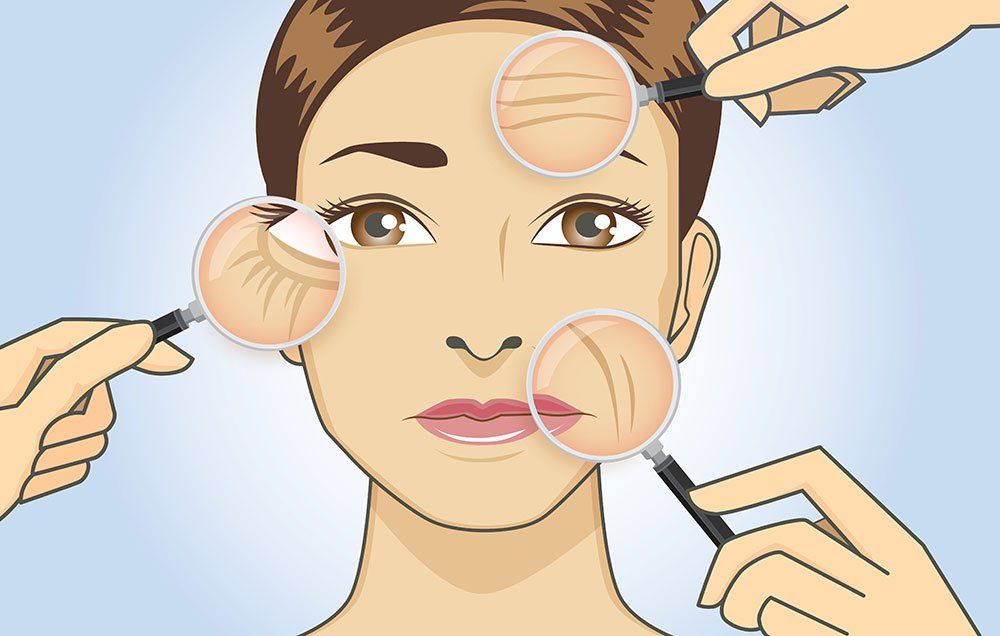Seek treatment for hair loss by visiting a professional hair care expert.
Seek treatment for hair loss by visiting a professional hair care expert.
Blog Article
Navigating Skin Cancer Therapy: The Crucial Role of Mohs in Modern Dermatology Practices
Skin cancer cells, a difficult diagnosis, commonly leaves people grappling with countless treatment choices. As we explore the details of this treatment, one will appreciate its critical duty in skin cancer treatment.
Comprehending Skin Cancer Cells: Types and Threats
Skin cancer cells, a possibly life-threatening ailment, is even more prevalent than lots of people understand. This illness, created by the unrestrained growth of uncommon skin cells, largely results from DNA damage because of direct exposure to the sunlight and ultraviolet (UV) light. There are 3 primary kinds of skin cancer cells: Basal cell carcinoma, Squamous cell cancer, and Cancer malignancy. While the previous two are less dangerous and comprise the bulk of identified situations, cancer malignancy is the most dangerous. It accounts for only concerning 1% of skin cancer instances yet causes the vast majority of skin cancer deaths - chemical peel. Threat elements consist of fair skin, history of sunburn, too much sun direct exposure, living at high elevations or near the equator, having many moles, a family history of skin cancer, and weakened body immune system.
What Is Mohs Surgical treatment and Just How It's Transforming Skin Cancer Treatment
Regardless of the various therapies presently offered for skin cancer cells, Mohs surgery stands out as a groundbreaking and extremely effective option. Called after Frederic E. Mohs, the physician that created the treatment, Mohs surgical treatment is a specific surgical technique used to treat skin cancer cells. This degree of precision, integrated with the capability to spare as much healthy and balanced cells as possible, is changing skin cancer cells therapy.
The Advantages of Mohs Surgical Treatment Over Conventional Skin Cancer Cells Treatments
Building on the cutting-edge nature of Mohs surgical treatment, it's vital to consider its countless benefits over traditional skin cancer treatments. Unlike typical treatments, Mohs supplies a greater cure rate, check frequently reaching 99% for first-time treatments and 94% for frequent cancers. In addition, it minimizes damage to healthy skin, leading to much less scarring and enhanced aesthetic end results.
The Treatment of Mohs Surgery: What to Anticipate During the Refine

Prospective Adverse Effects and Post-Operative Care of Mohs Surgical Procedure
Undergoing Mohs surgical treatment, like any kind of other procedure, entails possible side impacts that clients must be conscious of. Usual adverse effects include discomfort, bruising, and swelling at the surgery site. These are typically short-lived and manageable with over the counter pain medication and ice packs. In unusual situations, individuals may experience infection, blood loss, or a sensitive response to the regional anesthetic. Post-operative care is important to recovery and reducing negative effects. This generally entails keeping the injury clean and completely dry, site web taking prescribed medicines, and avoiding strenuous activities. Clients should additionally go to all follow-up consultations for injury treatment and tracking. In some cases, added treatments may be necessary to make certain full elimination of the cancerous cells. Abiding by these post-operative treatment standards can greatly boost healing and results.
Conclusion

Report this page